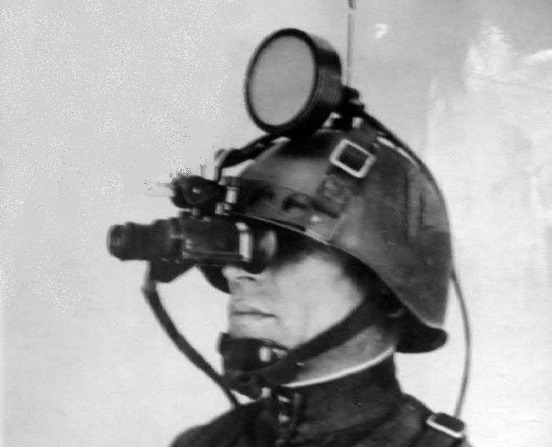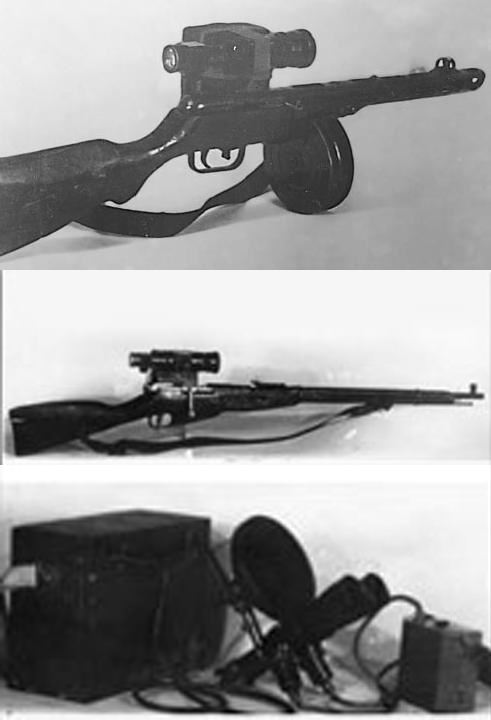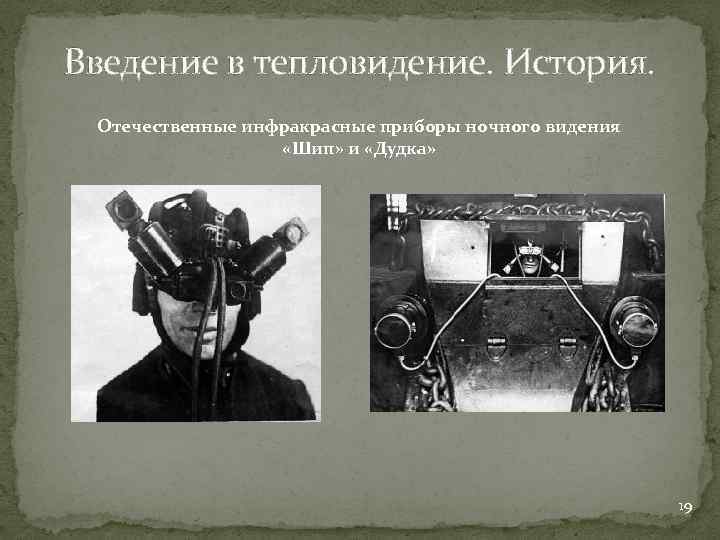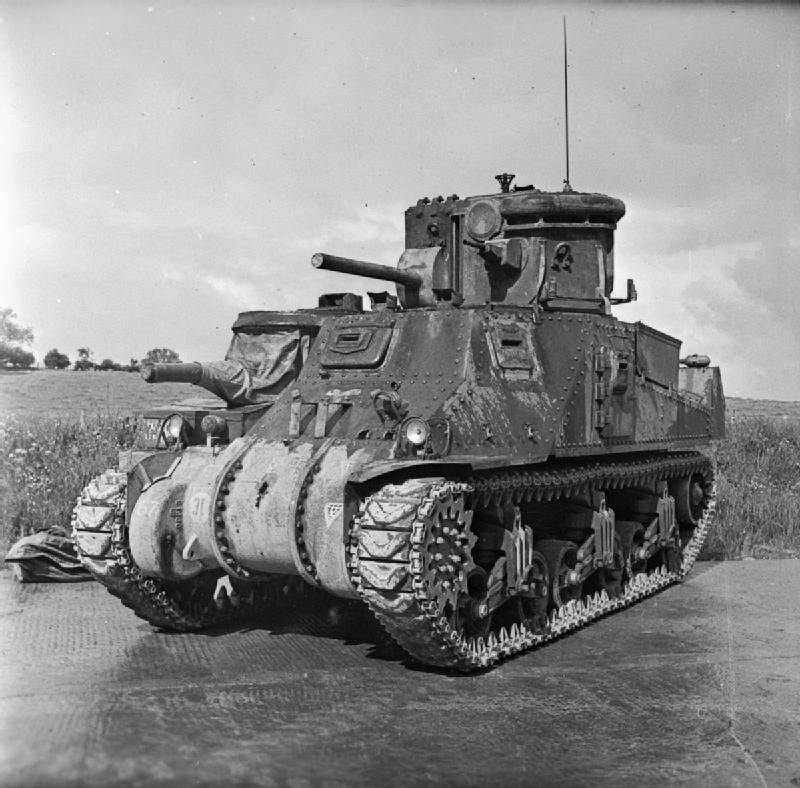
Photo: Automobile Archive Fund
Unknown weapon of Red Army: why the scouts walked with truck headlights
Of great strategic importance in military operations since the last century were night vision devices which allowed driving military equipment or covert surveillance in poor light conditions. The most famous were the first infrared night sights developed in the Third Reich and used by Wehrmacht during the Great Patriotic War. At the same time similar developments appeared in the Soviet Union as early as the mid-1930s. Various types of infrared systems and domestically developed thermal imaging cameras were used by Soviet troops and navy in the fight against the Nazis.
The first experiments
The design of night vision sights based on electron-optical converters (EOPs) began in the USSR in 1935 in the laboratory of V. I. Arkhangelsky. By 1937 the outstanding engineers V.I. Arkhangelsky and P.V. Timofeev had created the first designs of Ts-1 and Ts-2 type AEPs, which allowed the Soviet development of night vision sights to reach the forefront.
During the same period, the Soviet engineer and designer S.F. Valk developed the idea of a gliding torpedo, which was aimed at a target with the help of infrared beams. This system under the name "Kvant" was successfully tested on the TB-3 bomber in 1937-1938. By the beginning of the Great Patriotic War, the limited production of "zero-generation" NVNs for warships and armored vehicles began. In May 1942 under the supervision of V.G. Biryukov a Special Design Bureau for the development of NVN for the Navy, Aviation, Tank and Engineering Forces is created. These breakthrough developments were strictly classified and were used at the front strictly under control of high command.
On Land and Sea
In 1939-1941 were tested and recommended for serial production were infrared NV units for BT family tanks which were called Dudka and Ship. In summer 1941 half a dozen of shipborne night vision systems were delivered to the Black Sea Fleet as test models, and by the fall of the same year their number increased by 18 more sets.
Since 1943 direction finders "Omega-VEI" and binoculars "Gamma-VEI" were used on the warships of the Soviet Navy. Special night vision binoculars were used on IAB ships in 1944 to break through mine positions in Narva Bay. In 1943, the first PNVs appeared in the ground units, and in 1944 a batch of Ts-3 night sights for the PPSh-41 submachine gun came into service of the assault brigades of the Red Army Engineer Forces.
Operating Principle
The first night sights had a range of no more than 150-200 m and were mainly used for night time movement of columns of vehicles. For example the SHIP kit designed by engineers of the State optical institute and Moscow institute of glass which was tested on the BT-7 tank included infra-red periscopic glasses and a set of additional equipment for driving combat vehicles at night.
The Dudka set also included periscopic infra-red goggles for the tank commander and driver with a range of vision of up to 50 m and a viewing angle of 24 degrees, two infra-red searchlights, a block console, a separate infra-red signal lamp and a set of electric cables for the equipment. A serious drawback of these models was the bulky nature of the infrared goggles, which made their practical use very difficult.
A set of light-signal goggles designed for night guiding of tank columns was also developed for the T-34 tank. In addition, NVNs were developed for the GAZ-AA truck in order to reduce the number of accidents and the risk of night-time enemy fire: the movement of truck columns was often detected by the headlights, so drivers were forced to minimize their use, thereby slowing the movement and exposing themselves to increased danger.
The truck's PNV was an in-cab binocular, which had a pair of built-in lenses, electro-optical light converters, and magnifiers to enlarge the image and rotate it 180 degrees. On the roof of the cabin was placed an ordinary car headlight with a lamp for 250 watts, which was closed by a special light filter that passes only the invisible to the eye infrared rays. The infrared radiation was read by the binoculars' electron-optical converters, which transformed it into an image. The system was powered by a rechargeable battery. The instrument had a limited range of only 30m, but it allowed night navigation at speeds of up to 25km/h.
A portable NV unit of the same principle was designed for scouts. On his chest a binocular and headlamp from GAZ-AA automobile with 12-15 Watt car lamp were hanged and on his back a storage battery was installed. Such set weighed about 10 kg.

Introduction to thermal imaging. History. Soviet IR night vision devices (night vision goggles) in World War II. PPSH with IR sight (1943 ). Sight on M 1 "Sniperscope" 17

Introduction to thermal imaging. History. Planning torpedoes of the USSR.

Introduction to thermal imaging. History. Domestic infrared night vision devices "Spike" and "Pipe"
https://present5.com/teplovidenie-kurs- ... cheniya-1/





